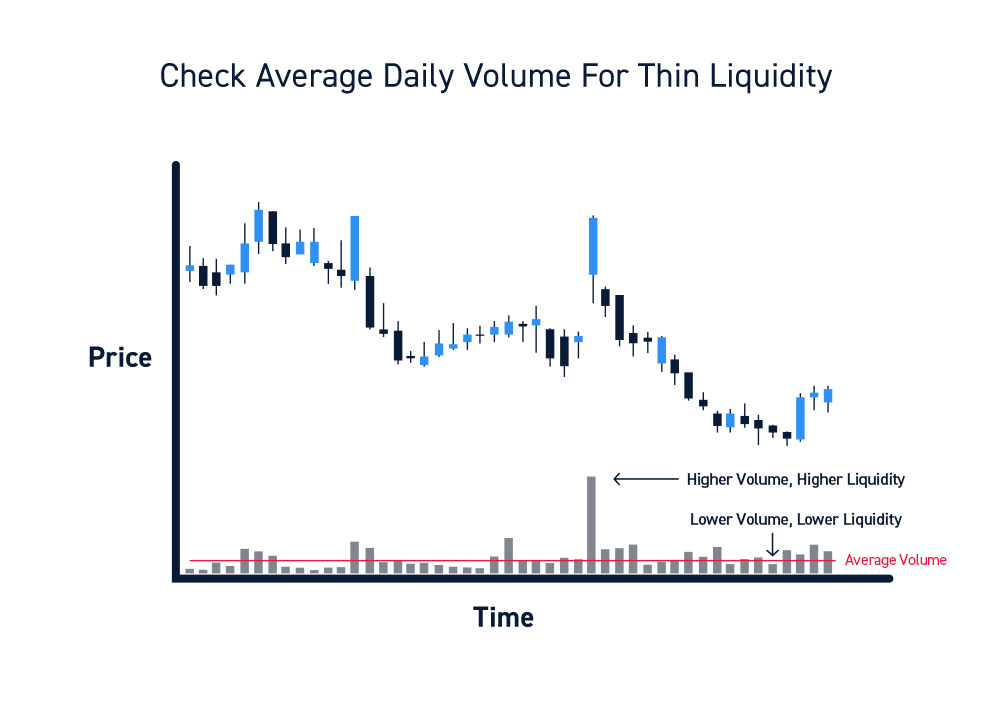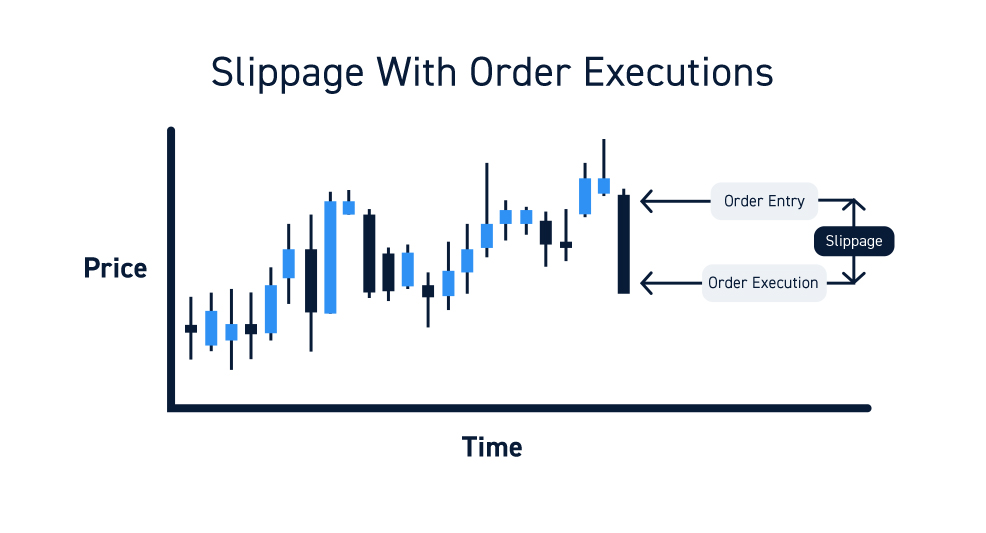Day traders embrace closure and tend to think in singular terms of entry and exits. One shot in and one shot out. Many investors think the same way. However, when breaking that one shot down into multiple shots, chances are you may get a better average price on the position and on the exits.
The notion of dollar-cost-average is the most common form of scaling entries. However, this requires buying into selloffs which often goes against the grain when trading momentum. Day traders like to be profitable the moment they enter a trade, but scaling in often means starting the trade in the red.
What is Scaling?
Scaling is the process of gradually increasing or decreasing the number of shares and or trades in accordance with your trading strategy. Scaling enables more flexibility in terms of attaining the most optimal average price for positions. However, scaling requires discipline and assertive reactions so that the positions don’t become too large if the set-ups collapse. It also calls upon going against the grain, buying when the market is selling or selling when the market is buying. It takes conviction but not stubbornness to scale successfully. There is a very fine line between the two.

Misconceptions About Scaling
When premeditated and planned ahead of time, scaling is a way to optimize pricing, minimize downside and maximize upside potential. However, it should not be mistaken with the desperate actions of doubling down on a position, hoping for a smaller move to breakeven. This is the act of throwing good money after bad.
Many traders think that scaling their strategies will be as simple as increasing their position sizes. While this sounds good in theory, there are a lot of issues that arise in reality. Let’s take a closer look.
The 5 Common Issues with Scaling (and How to Deal with Them)
There are typically 5 common issues that arise when undertaking a scaling allocation strategy in conjunction with your trading methodology.
Liquidity Issues
ISSUE: This applies to the liquidity of your position. As you scale into a larger and larger positions, your trades could backfire inadvertently making a market impact when exiting the position. For example, scaling into a 10,000 share positions of XYZ in 300 to 500 share increments gets you a better average price per share. However, trying to sell all 10,000 shares with a market order after the stock rises $0.25 can cause the bids to collapse as other seller panic out resulting in getting filled at a loss.
SOLUTION: As you scale in gradually to the position, be sure to scale out gradually by timing exits with momentum spikes in your direction. Also, make sure that you’re trading stocks that have the liquidity to support your position even in low volatility trading periods. Rather than selling all 10,000 shares at the market, have the tools to be able to gauge the momentum and scale out into the buyers in 500 shares to 1,000 share increments over the course of a day or two.
A Note About Thin Liquidity Stocks:
The liquidity of the underlying stock is crucial when scaling shares. Stocks with thinner liquidity, which are indicated with wider bid/ask spreads and smaller daily trading volumes, are the best qualified stocks for scaling into positions. This helps to provide a better average position price upon entry. However, thin liquidity can also be restrictive when selling shares. Putting up large size offers on the ask can be a deterrent for buyers and invite other sellers to step in front of your ask. Therefore, scaling out in smaller pieces is also beneficial so as to not impact market action or momentum.
Growth Cap Issues
ISSUE: You may find that your strategy doesn’t perform as well at scale. There may be a ceiling on the growth potential of your strategy. For example, successful OTC traders would quickly realize it’s nearly impossible to 10X their strategies because the liquidity doesn’t exist.
Stocks that are mid to large caps tend have more liquidity, which can support larger sized trades. However, small-caps often have thinner liquidity and traders can become bag holders mistakenly assuming thicker liquidity on a high-volume day that dries up the next day.
SOLUTION: Always check the historical and average volume of an underlying stock and the type of growth cap. A small-cap stock with an average daily volume under 300,000 shares should be a warning flag of thin liquidity. Stay away from these types of stocks or keep a maximum size limit if you have a methodology that works. Be aware these stocks may exhibit heavy volume when there is a catalyst-based price move, but that volume can evaporate along with liquidity the very next day. Therefore, it’s crucial to check the average daily trading volume ahead of time to gauge the normal liquidity. Don’t assume that the volume and liquidity will remain elevated on small-cap stocks.
Incompatibility Issues
ISSUE: Some trading strategies just won’t work at scale due to the constant changing of liquidity or lack of easy to borrow status. A strategy that yields $1,000/day may not be scalable to $2,000/day.
For example, shorting a stock that has doubled may seem like a no-brainer except the shares are not on the easy to borrow list. If you were lucky (or unlucky) enough to borrow the shares, the problem is if a short-squeeze results in intraday margin calls and forced liquidation as there are no more shares to borrow. Simply put, certain strategies don’t work at scale.
SOLUTION: Gauge the risk outcome scenarios if trading on the short-side and the possibility of shares lacking availability. Getting trapped in a short position with no more available shares to borrow in the middle of a short squeeze is one of the worst situations to be in. This is a 100% preventable situation by not getting involved in the first place. Make sure you are aware of the risks and prudent enough to find better opportunities elsewhere. Short squeezes can easily result in a total loss of your capital, and even negative balances in your account.
You should understand how your strategy will scale and what limitations you may face. This will equip you with realistic expectations and allow you to find more efficient ways to scale.
Emotional Trading Issues
ISSUE: As you get used to scaling and increasing your sizing and number of trades, it is possible to overshoot and grow size too quickly. If you go from scaling to 1,000 shares to 10,000 shares in a week, your emotional comfort zone will likely get disrupted. This is how traders can go from a state of confidence to a state of TILT, where their emotions cause impulse trading and over leveraging that can cause an account to blow out fast.
SOLUTION: The key is gradually increasing your share sizing threshold and emotional comfort zone. We are humans, not computers. This means each incremental rise in trading position size will have an emotion effect on us. Imagine walking a 10-foot plank between two cinder blocks. What’s the risk? If you slip, you fall a foot on the ground. However, take that same plank and place it between two 15-story rooftops. While the distance to cross is still 10-feet long, the emotional stress is debilitating due to the potential risk of falling 15-stories. This applies the same towards scaling too much size too soon. The key is gradually increase your sizing with your comfort zone. Avoid the urge to go “ALL IN” on any single trade.
Ego and Performance Anxiety Issues
ISSUE: You have run a string of successful scaled trades and have not only built up confidence but perhaps crossed that fine line of stubbornness with the unwillingness to accept a losing day. This is due to the many losing days that you turned into winning days by the end. You feel you’ve reached new levels of performance excellence and equate a losing day to losing momentum on your growth spurt.
SOLUTION: This sounds corny but one of the biggest factors that successful traders must battle is being too successful. When you are consistently profitable, the notion of taking a loss goes against the grain. There are many instances where you turned a losing day into a winning day. The distinction of what type of losing day is reversable and what type is not get lost in the process. This inevitably leads to a position where the ego no longer accepts losing days and will fight to uphold that impossible stipulation. This is how blowouts can occur. This is how a string of 52 winning days can be whipped out by a single bad losing day.
The solution? Take your ego out of trading. Let the trades manage themselves. Remember that losses are part of trading and you don’t have to win on every trade every day. Take small losses – don’t take yourself out of the game.
Competition Issues
ISSUE: Your success has gotten to your head as you see other members of your social group or chat room making exceptional returns, as they post their successes on Twitter. Since you’ve lifted your monthly profits at a faster pace, you subconsciously trade more aggressively to bypass the member at any cost. What used to be a motivating factor has not materialized into competition as you singularly await the day you can post a higher profit blotter in response. Unfortunately, the market ZIGS while you are ZAGGING causing your discipline to spin out of control hitting TILT.
SOLUTION: While a little competition can be inspirational, it’s the ego that can pull the strings. The market has a way of reasserting itself and hammer fisting humility back into the egos of traders no matter how big they are. When humility is lost, that’s when trouble can set in. Recognize that you are not competing with anyone other than yourself. Humility is what sets apart seasoned veteran traders from the crowd.
Remember, you are not competing with anyone but yourself. You never get the full picture when you try to analyze another trader. Focus on yourself and find your own intrinsic motivators.
Resource Issues
ISSUE: As you acclimate to the art of scaling in and out of positions, you realize there is slippage with your order executions. Despite refining entries and improving the timing of orders, you notice discrepancies on fills, available borrows and delays with confirmations.
SOLUTION: While zero-commission brokers sound appealing when scaling into positions, the reality is their interests are tied to order flow agreements with third party liquidity providers. Your orders will always be routed at the discretion of the broker. Seasoned traders will take control of their orders by using a direct access brokerage platform that enables them to route orders to ECNs of their own preference. Also, the ability to place reserve and hidden orders enables traders to minimize their market impact as well as find liquidity without showing transparency. Direct access brokerage platforms have instantaneous fills and confirmations with streamlined functions like short locate tools.










